As long ago as 1847—and again in 1849—James Anderson, of Edinburgh, prepared and patented a series of plans, and further submitted a working model of his defensive rolling stock for the inspection of British engineers and artillery officers. The British Government, though, could not see its way clear to adopt the invention, so Anderson went abroad with his idea, with the result that these ‘ironclad trains’ were used in Europe on the field of battle for the first time in the Franco-Prussian War (1870).
Armoured trains were used in South Africa for the first time during the Second Boer War when both sides first took full advantage of the troop train. Shortly before the fall of Pretoria in June 1900, two Long Tom artillery pieces were mounted on Boer train trucks by Swedish engineer Axel Helmfrid Uggla at the ZASM (South African Railway Company) workshops in Pretoria. The trucks were armoured with one-inch-thick steel plates, with sandbags stacked in front of it to provide added protection. Dispensing with the cumbersome firing platform, the gun’s traverse was limited to 30 degrees, but it simplified the transport of the heavy piece. This ‘gun truck’ was complimented with further trucks that housed the crew, and carried ammunition and other stores.
The Official History of the War in South Africa describes the “garrison” of an armoured train as composite. In addition to the infantry escort, it comprised Royal Artillery and Royal Engineers detachments, the latter made up of an NCO and six sappers, trained in rail repair work and in re-positioning derailed engines and trucks. In addition, there were two telegraph linesmen, one telegraph clerk, two engine drivers and two firemen. All the men of this detachment were armed.
All trains carried a special gun truck, equipped with a pedestal-mounted, quick-firing gun. There was also a machine gun at each end, arranged with a lateral sweep to allow arcs of fire to cross at either side of the train at a distance of between 50 to 80 yards. From front to rear, a typical armoured train was composed of an open, low-sided bogie wagon, loaded with railway stores pushed ahead of the train; an armoured bogie with Maxims and/or a one-pounder Pom-pom, and fitted with an armoured roof to protect its occupants from plunging fire, and manned by an infantry section; two or three armoured, four-wheeled vans which acted as ammunition stores, living quarters, a telegraph office and searchlight carriers; the locomotive itself, comprehensively armoured with sheet metal; a water tank, an armoured gun truck, usually mounting a 12-pounder, quick-firing gun; and another armoured bogie truck, complete with Maxims and a rifle section. The officer commanding the train had his headquarters in the telegraph van from where he was in communication with the other vehicles via an internal circuit.
At best, the armoured train was a useful defensive support weapon, employed in conjunction with the flying columns that conducted drives to corner and neutralise pockets of Boer resistance. Blockhouses, concentration camps and a scorched-earth policy, combined with military cordons and sweeps, would eventually force Boer capitulation. Kitchener was fully aware that the very restricted nature of train manoeuvrability would give the vulnerable armoured train limited capabilities as an offensive weapon.
On the British side, the Imperial Military Railways (in the Orange Free State and Transvaal), under engineer Sir Percy Girouard developed into a huge department, which dovetailed with a parallel civilian organisational infrastructure designed to facilitate efficient and safe troop movements. However, the shift in Boer tactics to guerrilla warfare significantly increased the vulnerability of rail transport in the open veld. Boer gangs employed the treinvernieller, the ingeniously manufactured train-wrecker mine devised by Scottish-born, “honorary Boer citizen”, Oliver ‘Jack’ Hindon. The saboteurs caused major disruption to the British-run Delagoa Bay railway line with this improvised mine.
During the guerrilla phase of the conflict, armoured trains were helpless against the Boer train-wrecking tactics which immobilised the train in a kill zone. At best, the armour generally provided a protective position from which the British escort could prevent the Boer attackers from overrunning the train and capturing valuable stores and matériel.

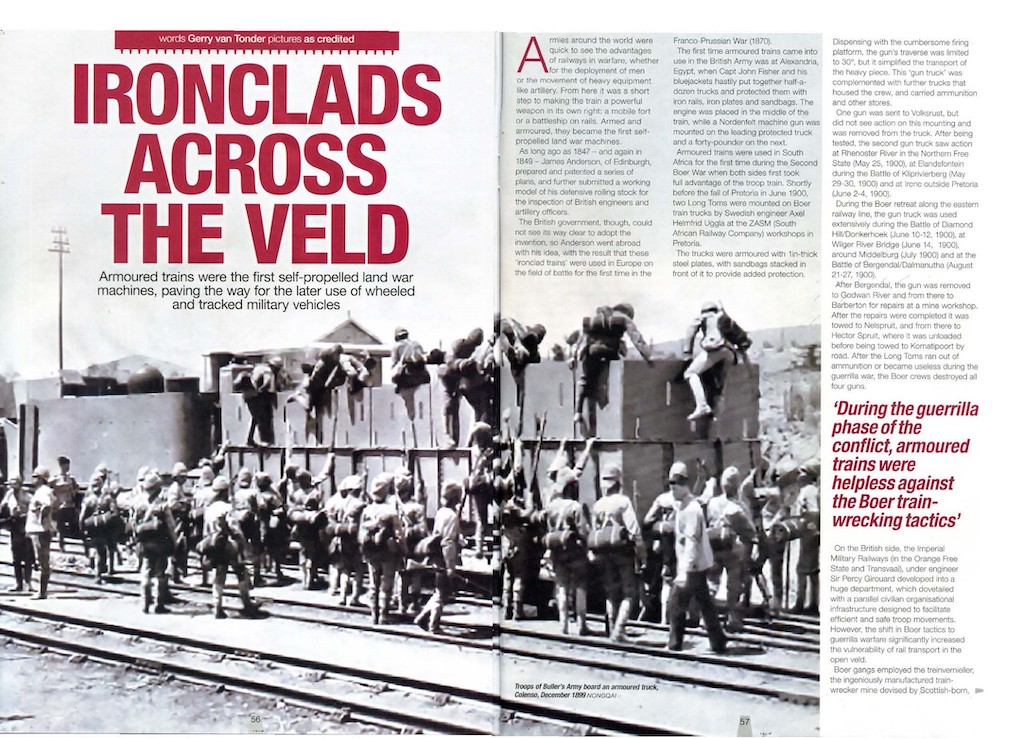
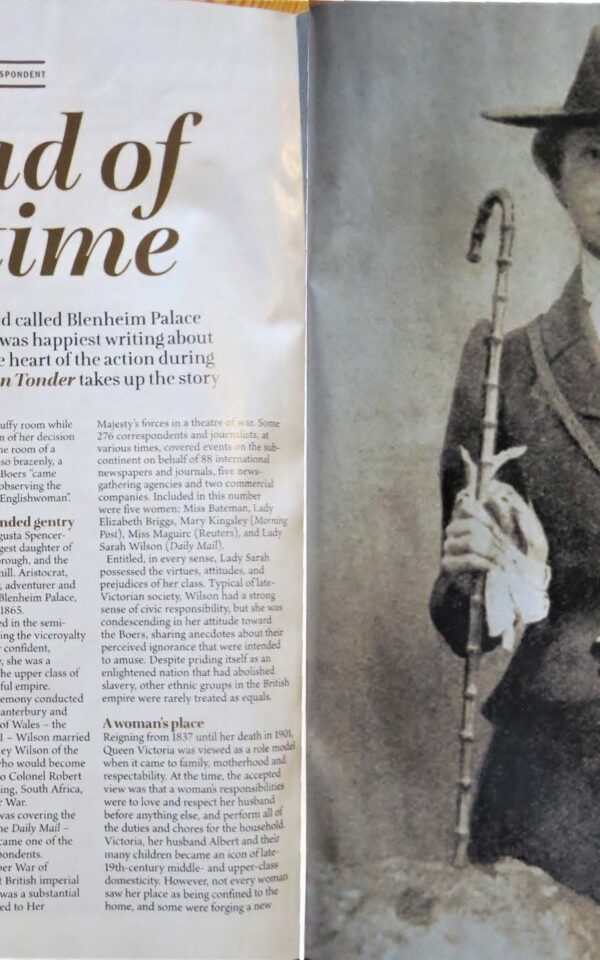
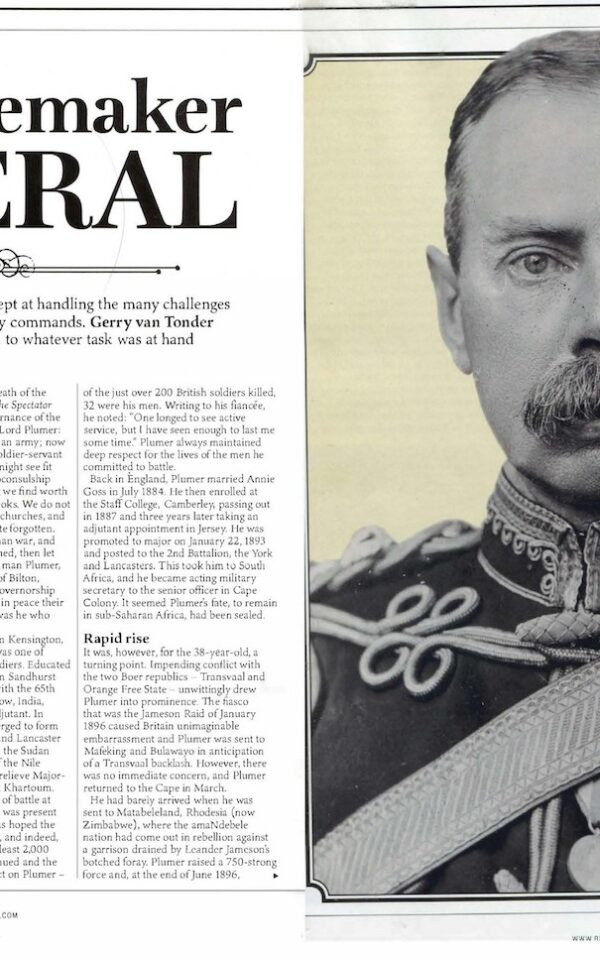
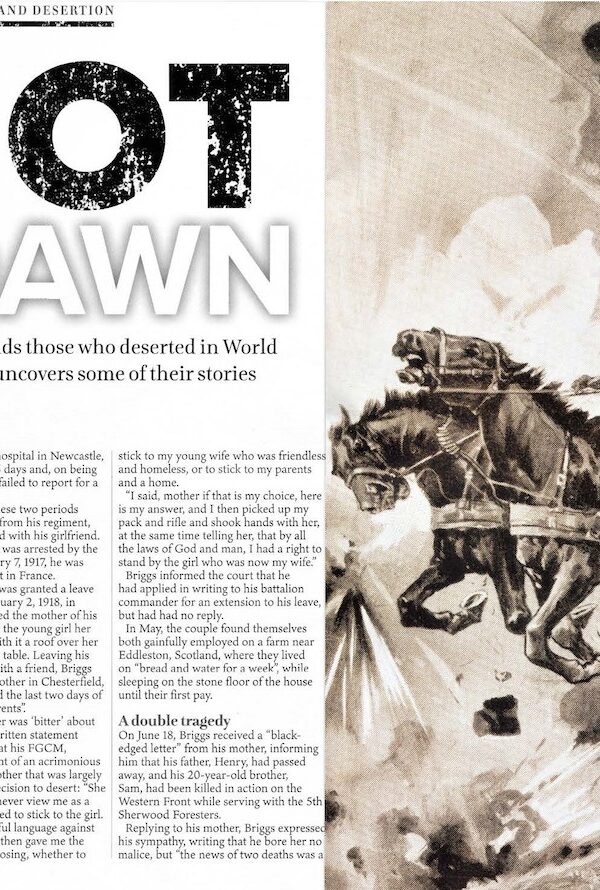
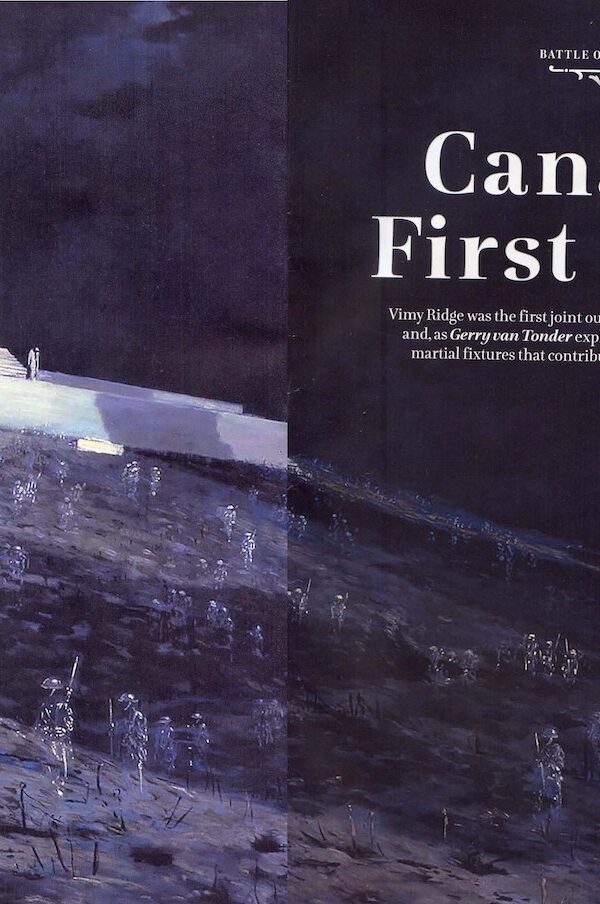
Reviews
There are no reviews yet.